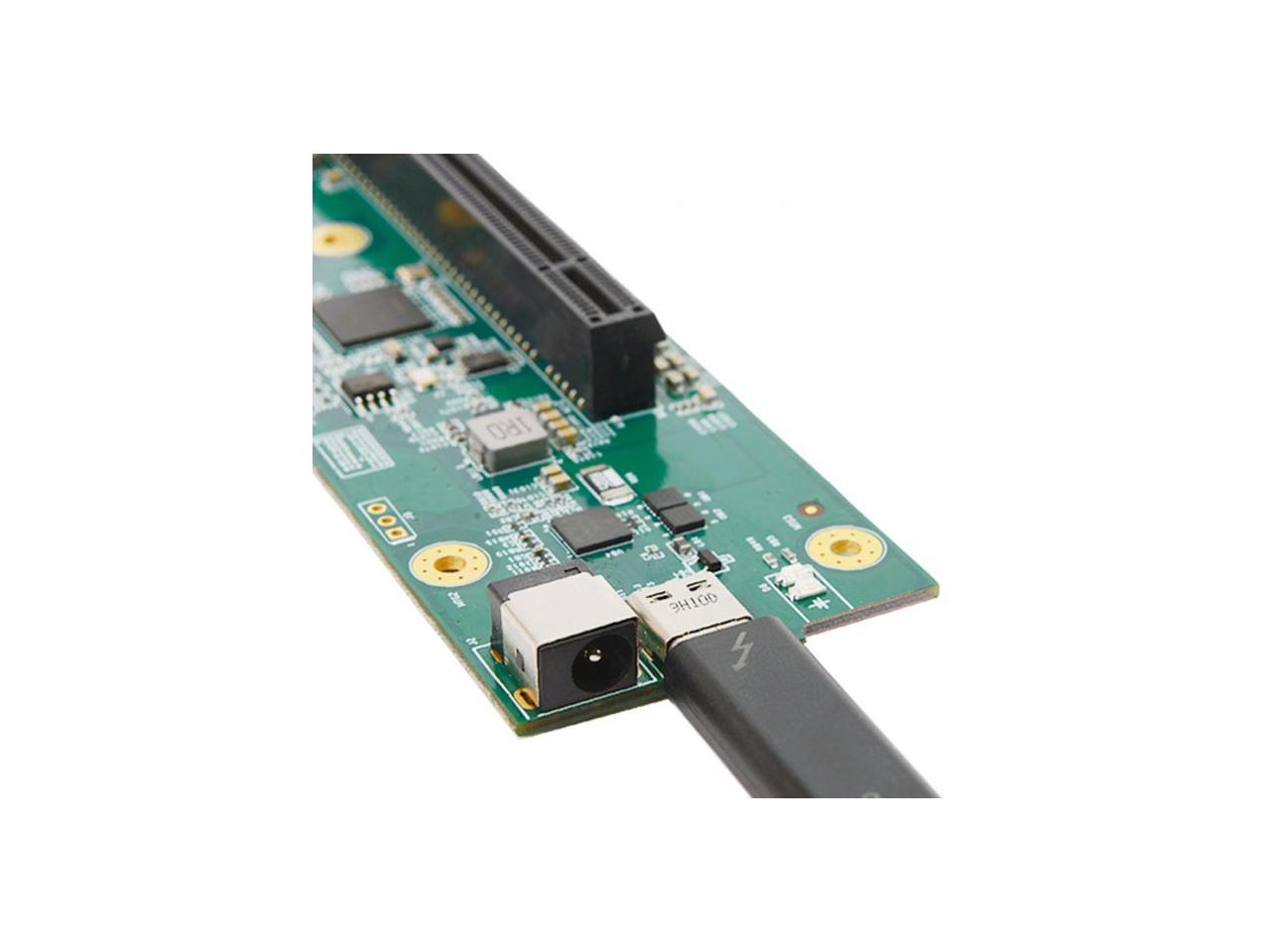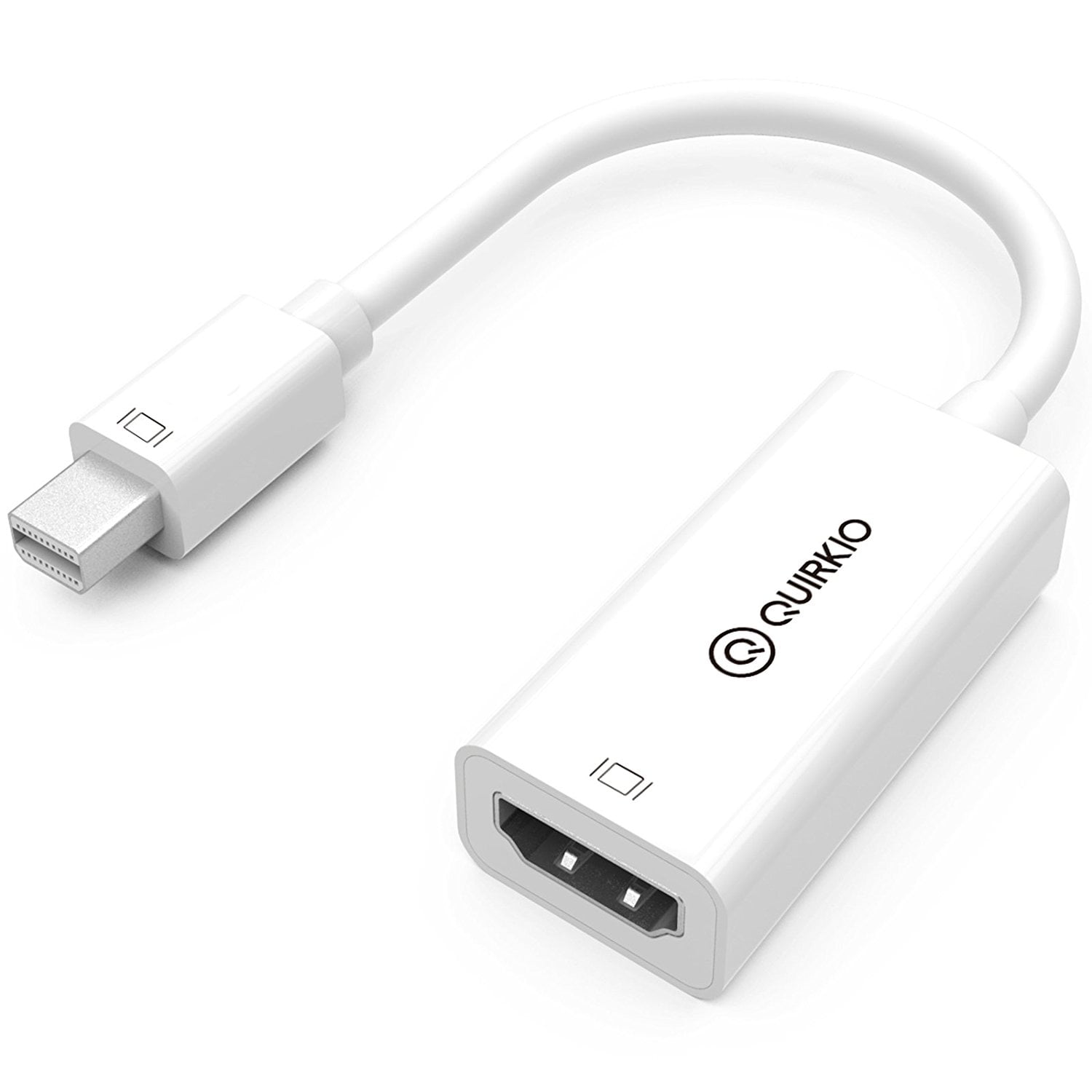

However as of Ventura, Apple has removed these drivers.

Broadcom is used on all 2011+ Macs with 1Gbe.With the above 5 drivers, currently Apple only uses 2 of them in their products: These Ethernet Controllers are natively supported in Monterey and older: Vendor You can try to re-add support by installing the older extension, however we’d recommend users avoid these NICs if possible. With macOS Ventura, Apple removed support for the AppleIntel8254XEthernet and Intel82574L-based devices. Drivers can be found under /System/Library/Extensions/IONetworkingFamily.kext/Contents/PlugIns/.All drivers in macOS natively support both Intel and Apple Silicon machines: PCIe Driver SupportĬurrently in macOS Ventura, there are 3 PCIe Ethernet Vendors natively supported. Removing devices from this chain can greatly alliviate contrains, allowing your NIC to run without comprimise as well as allowing other USB devices to run faster. USB 3.0 for example has a shared bandwidth of 5Gbps, and when you have a dock with multiple devices plugged in, that takes up precious resources: DeviceĪs you can see, devices will be strained for bandwidth as we’re exceeding the 5Gbps bandwidth allowed under USB 3.0. Note 2: Apple may sometimes have additional support for certain USB Ethernet controllers via add-on drivers such as AppleUSBRealtek8153Patcher.kextįinally the most noticable issue with USB NICs is that they share bandwidth with the rest of your USB devices on the same controller.Note 1: Not all USB Ethernet devices are supported in macOS (namely AX88179) however the vast majority are thanks to this generic driver struture.Compare this to USB, much of the compute task is still on the CPU side. As of Monterey, the following are supported:Īdditionally PCIe NICs generally offload much of the compute task from the CPU onto the on-board controller, giving your system some headroom during bandwidth intensive tasks.

Whereas with USB, Apple writes semi-generic drivers based off USB CDC (Controller Device Class). With macOS, Apple generally prioritizes PCIe devices over USB for better driver support as drivers are written explicitly for them (see next section). Unfortunately it’s been a bit difficult to find much information on the parts used in many docks, thus I’ve decided to document my research on Ethernet controllers built into many Thunderbolt docks, with the goal of easily finding docks that use PCIe Ethernet.

So with the purchase of a 14” MacBook Pro, I’ve been in the market to buy a Thunderbolt dock to live to 1 cable life style.


 0 kommentar(er)
0 kommentar(er)
